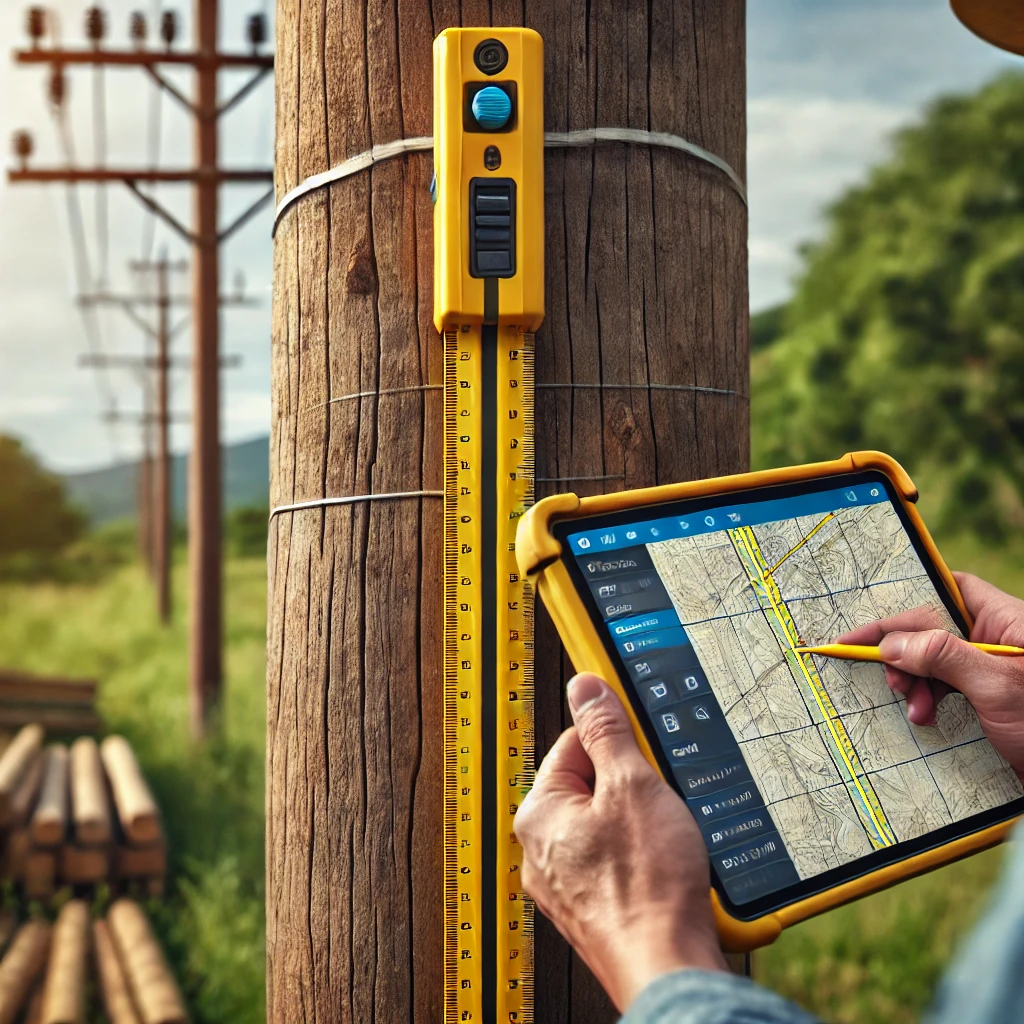Design and Analysis (GIS)

At Navigant Networks, GIS is the foundation of every fiber network we design. Our team brings continuous innovation to geospatial technologies with custom-built autodesign tools that rapidly evaluate feasibility and optimize routing—accelerating economic assessments and project planning. High Level Design decisions made by our experts are immediately tested against automated quality control tailored to the customer’s specifications. We don’t just use GIS—we shape it to each project. Whether you’re building from scratch, acquiring a new network, or transitioning to a new system of record, we can ingest, analyze, transform, and normalize any data set to support clean integration and ensure continuity. This agility empowers service providers with clear insights, robust spatial intelligence, and a faster path to ready-to-construct (RTC) deliverables.


